Top Examples of In-App Advertising for Effective Monetization

In-app advertising is one of the most effective ways to monetize mobile apps without relying on upfront purchases or subscriptions. It offers a seamless user experience, allowing developers to generate revenue while users engage with their favorite apps. However, not all in-app ads are created equal. The key to success lies in using the right ad formats at the right time and place within the app. Below are some of the most common and successful in-app advertising examples that you can implement to maximize engagement and revenue.
1. Banner Ads
Banner ads are one of the oldest and most widely used types of in-app ads. These ads are typically displayed at the top or bottom of the app's screen and are non-intrusive. They remain visible while users interact with the app, making them a good choice for effective banner ads for non-intrusive app monetization.

Example: A news app might display a banner ad at the bottom of the screen while a user reads an article. The ad stays visible as the user scrolls, ensuring maximum visibility without disrupting the flow.
2. Interstitial Ads
Interstitial ads are full-screen ads that appear at natural transition points within the app. These ads are typically shown between activities, such as after completing a level in a game or while transitioning from one screen to another. Since they take up the entire screen, they have a higher impact, but they should be used sparingly to avoid frustrating users.
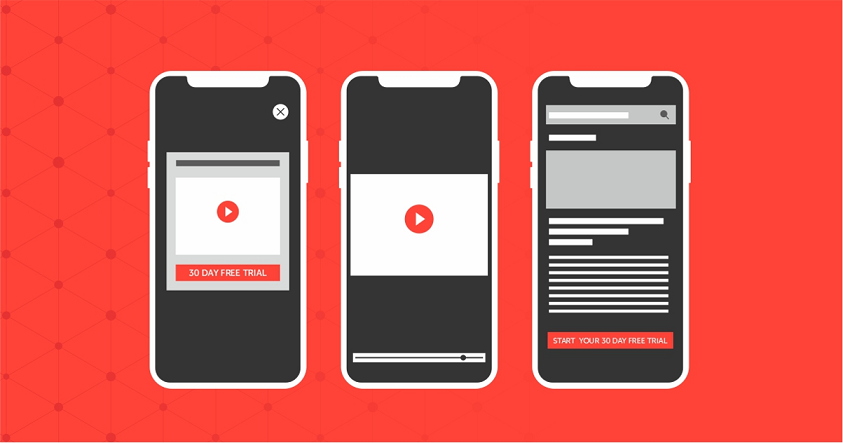
Example:A mobile game might display an interstitial ad after a player finishes a level. The player may be rewarded with in-game currency for watching the ad completely. This is one of the mobile app advertising examples that demonstrates how impactful ad timing can be.
3. Rewarded Video Ads
Rewarded video ads are among the best types of in-app advertising for gaming apps. These ads allow users to watch a video in exchange for a reward, such as in-game currency, extra lives, or access to premium content.
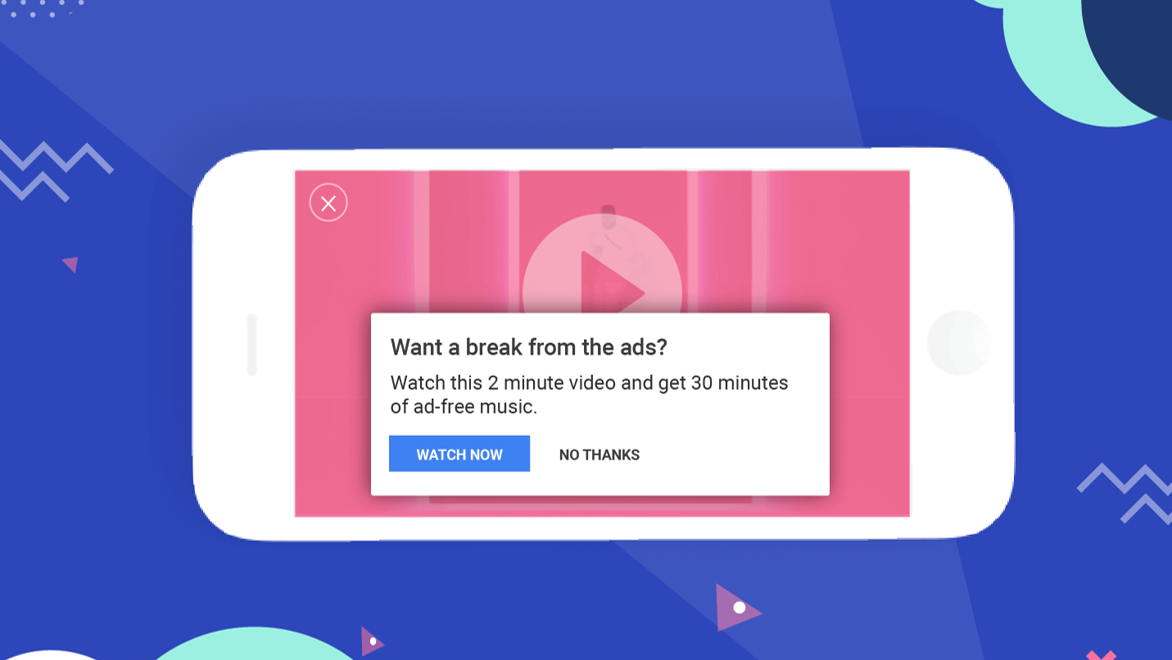
Example: In a casual mobile game, players may watch a 30-second rewarded ad to gain extra lives. This incentivized model often leads to higher engagement and retention. Developers who want to know how to integrate rewarded video ads into your app should ensure that the rewards feel valuable while maintaining balance in the game economy.
4. Native Ads
Native ads blend seamlessly into the app's content, making them appear natural and less intrusive than traditional ads. They are especially effective in content-heavy apps where user experience is critical. This is one of the top examples of successful in-app ads in 2025, as more apps adopt native placements to improve engagement.
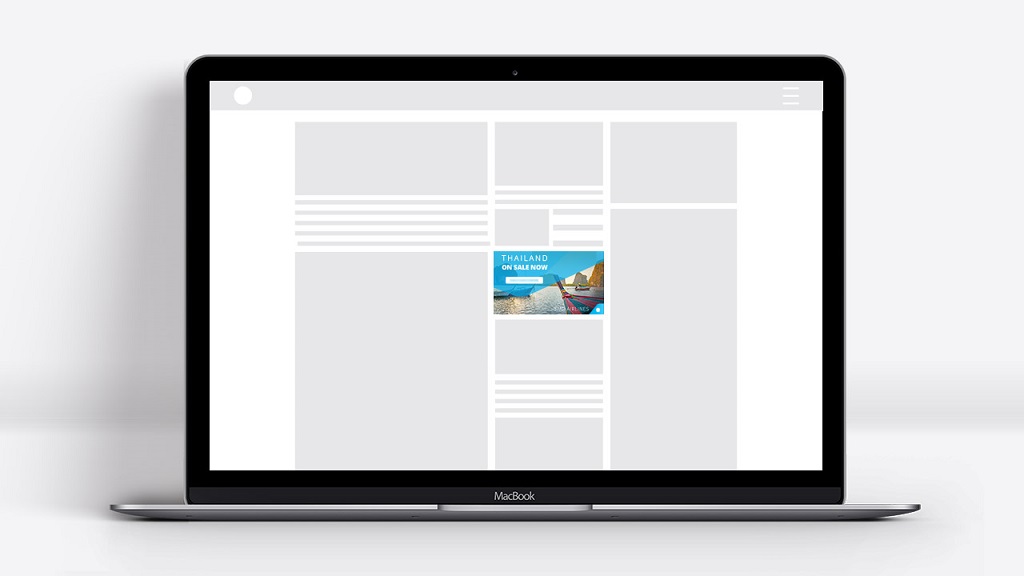
Example: In a social media app, native ads might appear as sponsored posts designed to look like regular content. This is a proven method of how to use native ads to increase user engagement in mobile apps while protecting the app's authenticity.
5. Playable Ads
Playable ads are interactive formats that allow users to try a small section of a game or app before downloading it. This format is widely used for mobile app advertising examples in the gaming sector.
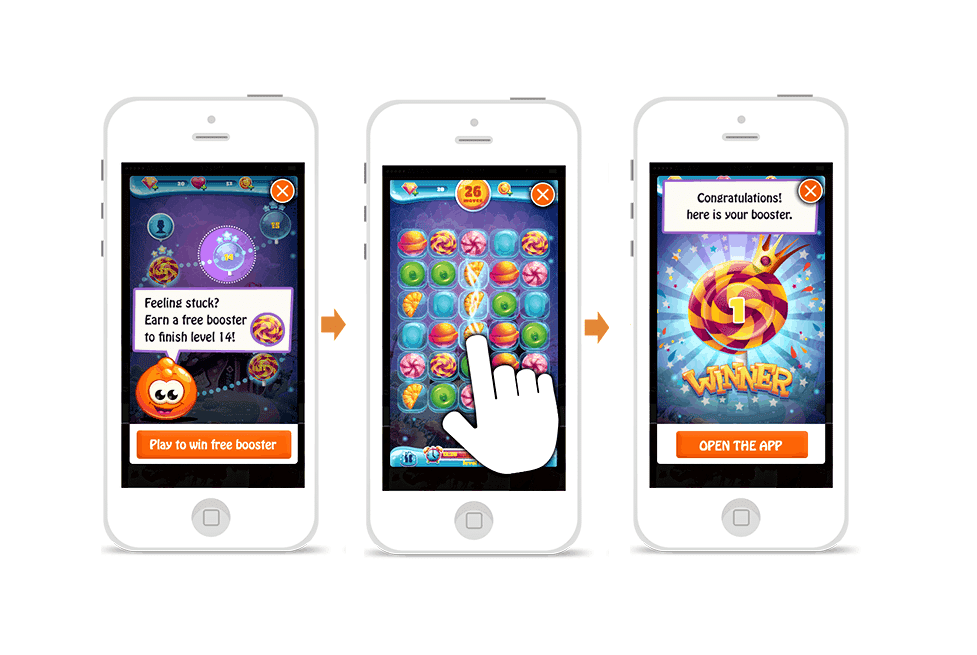
Example:A playable ad for a puzzle game might let users try a short demo before prompting them to download the full version. For developers, this is one of the most effective in-app monetization strategies for user acquisition.
6. Push Notifications with Ads
Push notifications can deliver personalized promotions directly to users'devices. When integrated with user behavior data, they become a powerful mobile ad placement strategy that boosts conversions.
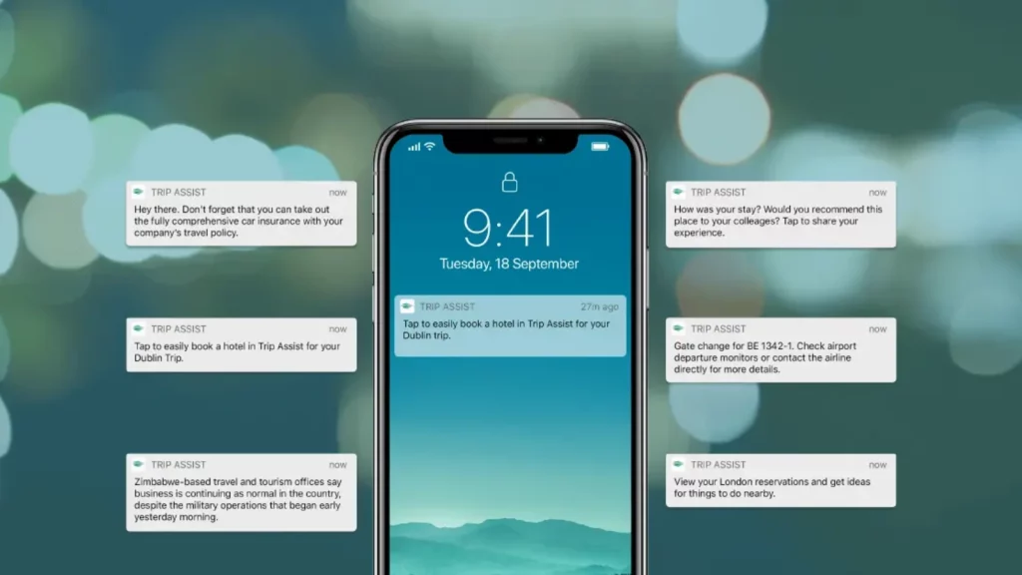
Example: A shopping app might send a push notification about a limited-time discount on items a user previously viewed.
7. In-App Offer Walls
Offer walls provide users with a choice of tasks (e.g., completing a survey, installing another app, or watching a video) in exchange for rewards. This format is common in free-to-play games and is one of the more flexible in-app ad formats.
Example: An offer wall in a strategy game might let users earn premium currency by downloading a partner app.
8. Social Media Integration Ads
By embedding social media-style ads, apps can leverage influencer-driven engagement and highly targeted campaigns.
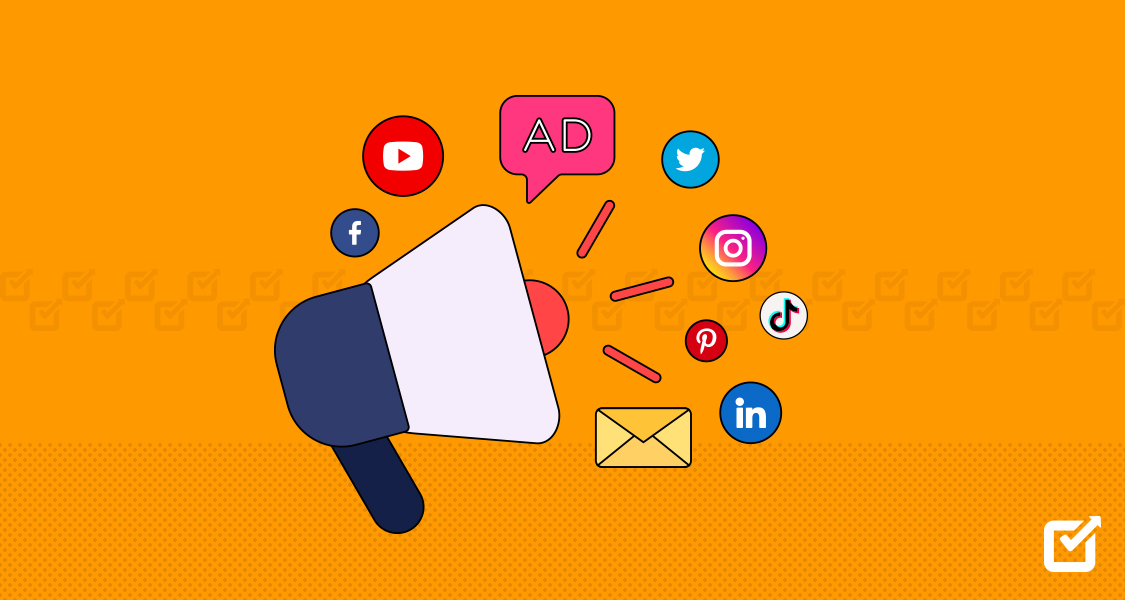
Example: A fitness app might integrate Instagram-like ads featuring influencers promoting workout gear, encouraging users to click through.
How to Choose the Right Ad Format for Your App
When planning effective in-app monetization, selecting the right ad format is just as important as ad placement. Different app categories benefit from more different types of in-app advertising strategies tailored to their audience and use cases.
Gaming Apps: Rewarded video ads and playable ads are the most effective. They enhance engagement, improve retention, and represent the best types of in-app advertising for gaming apps.
E-commerce Apps: Native ads and push notifications drive conversions by promoting discounts, new arrivals, or personalized recommendations.
Utility & Tool Apps: Banner ads and interstitials are practical, offering effective banner ads for non-intrusive app monetization without disrupting functionality.
News & Content Apps: Native ads work best, blending seamlessly into editorial content while maintaining reader trust.
By aligning in-app ad formats with app type and audience behavior, developers can build sustainable app monetization examples that balance user experience with revenue growth.
Conclusion: Optimize In-App Advertising for Long-Term Growth
In-app advertising examples demonstrate the diverse ways apps can generate sustainable revenue. The most successful strategies involve a thoughtful mix of app monetization examples, from rewarded video ads in games to native ads in content apps. By aligning mobile ad placement strategies with user behavior, developers can create an effective in-app monetization system that enhances engagement rather than disrupting it.
As the market evolves, the apps that thrive will be those that adopt flexible, user-first in-app ad formats—balancing monetization with a seamless experience.
At this stage, choosing the right growth partner becomes essential. NetMarvel Media Placement Service empowers global advertisers with comprehensive user acquisition, in-app advertising, and data-driven optimization solutions. With proprietary traffic resources, innovative ad formats, and proven expertise across gaming, e-commerce, and tool apps, NetMarvel DSP helps developers unlock sustainable growth and maximize ROI. By working with NetMarvel, you can turn top examples of successful in-app ads in 2025 into a powerful driver of long-term business success.
FAQ
1. How do rewarded video ads work in mobile games?
Users voluntarily watch a short video ad in exchange for in-game rewards such as currency, items, or extra lives. This format boosts engagement and retention.
2. What are native ads in mobile apps?
Native ads are ads that mimic the design and feel of app content. They blend in naturally and deliver higher engagement rates compared to standard banners.
3. Which in-app ad format has the highest eCPM?
Rewarded video ads and playable ads usually deliver the highest eCPM, especially in gaming apps, due to their high engagement and completion rates.
4. How many interstitial ads are too many in a mobile game?
A best practice is to show no more than one interstitial every 2–3 levels or natural breaks. Overuse can harm retention and frustrate players.
5. For a news app, which ad format is most recommended?
Native ads are the top choice, as they blend seamlessly with editorial content while maintaining reader engagement.









